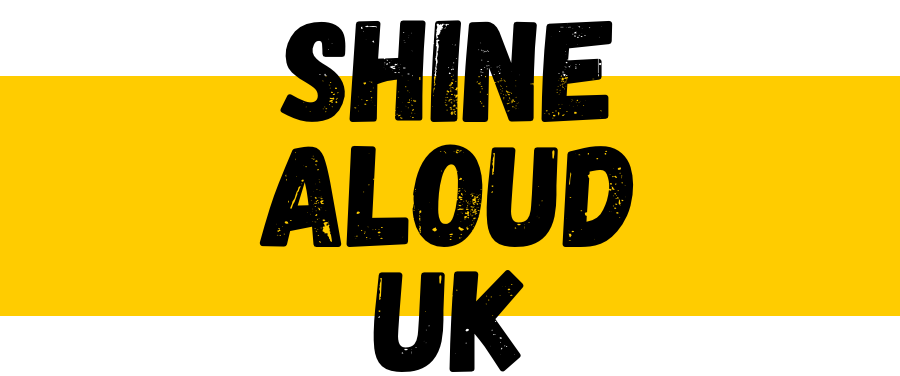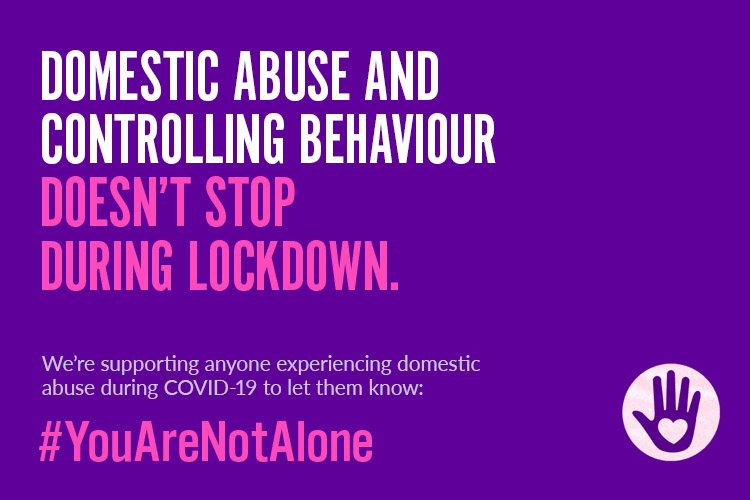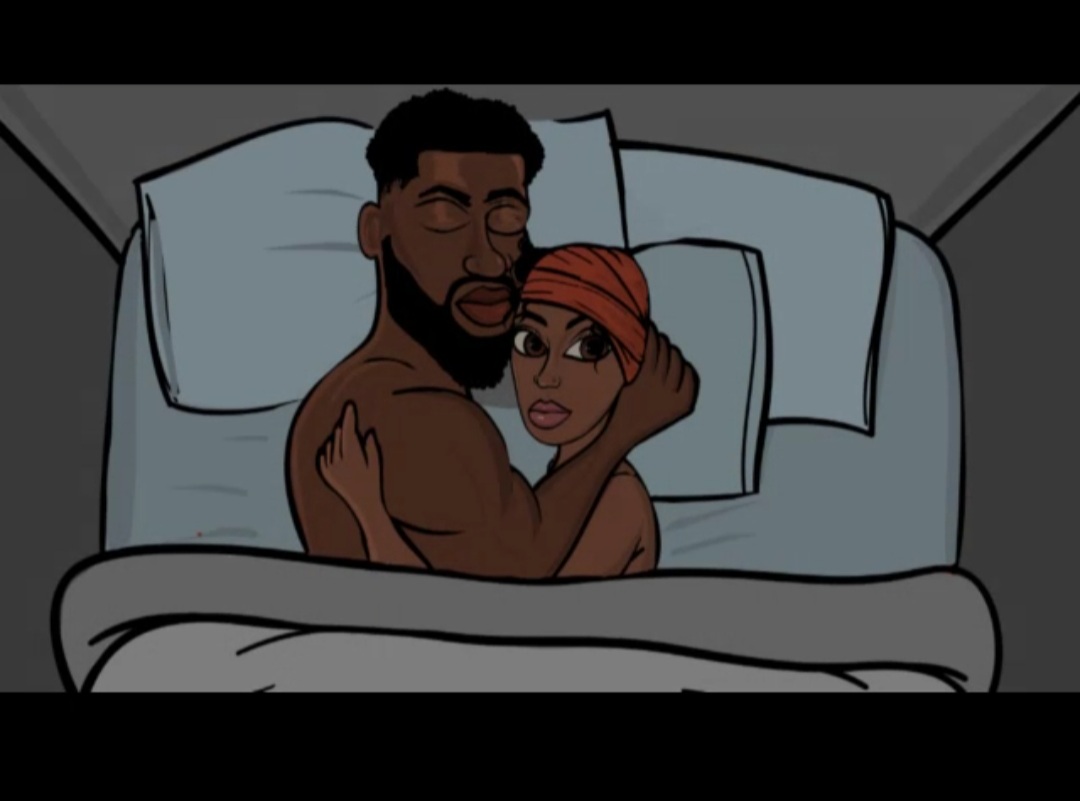
For the past six years, the The National Society for the Prevention of Cruelty to Children (NSPCC) has conducted a study on the effects of the internet and social media platforms on young people mentally and physically.
Both primary and secondary school students reported seeing inappropriate content online. 33% of secondary school children were exposed to bullying, 29% to violent images and 14% to discrimination or hate speech.
In their 2019 findings, the organisation documented the amount of time spent online – over 15 hours a week – as well as the platforms most used and the number of young people who owned a smartphone.
Whilst Facebook has an age restriction policy in place, children and teens under 13 have access to platforms including Facebook, Snapchat, Instagram and Twitter leaving them open to predatory and abusive behaviour from other users four times their age. Unfortunately, data from a YouGov Poll conducted earlier this year reveals that almost one if four people in the UK have experienced some sort of cyberbullying.
It cannot be denied how big of an impact and also how necessary gadgets are to our lives. The number of young mobile phone users is always increasing and with that, a new world opens where young people are more susceptible to abuse.
Abuse online includes but is not limited to
– harassment
– racism
– homophobia
– grooming or trafficking
– creating and sharing child sexual content
– exploitation
– stalking
– threatening behaviour
– inappropriate content
So how does one stay safe online and what should a young person look out for?
Whether talking to someone in your town, a close family friend or chatting amiably with someone across the world on a shared interest, there are ways to keep your identity private.
If the person you are talking to is asking for:
- Your real name
- Your age
- Your location
- Your phone number
- Your chats to remain a secret
- photos of your body
- A chance to meet you
- The name of your school or college
These are all warning signs that somebody is trying to access your life for dangerous purposes. It takes less than a minute to Google search a young person’s image and use it as a profile photo on their social media platforms.
UK charity Childline has created a list of the best ways to stay safe online including:
- Restrict what you share online such as photos of yourself, family, friends and obvious locations
- Turn off location settings (Twitter has the most accurate location tracking which can show where your home is located on Google Maps)
- Learning about your digital footprint
- Never sharing any passwords or usernames
If someone you do not know is asking for a sexual image, has sent you a sexual message or photo, tell a parent or teacher right away. Grooming and trafficking are both as real and possible online as in real life.
Staying safe online means never sharing too much, keeping a parent informed and being aware of the dangers of spending too much time on social media. If you do not feel comfortable speaking to a parent or teacher, charities including Childline, NSPCC, The Lucy Faithfull Foundation and Young Minds all have hotlines that are open to give advice or tips on what to do to keep yourself safe.



